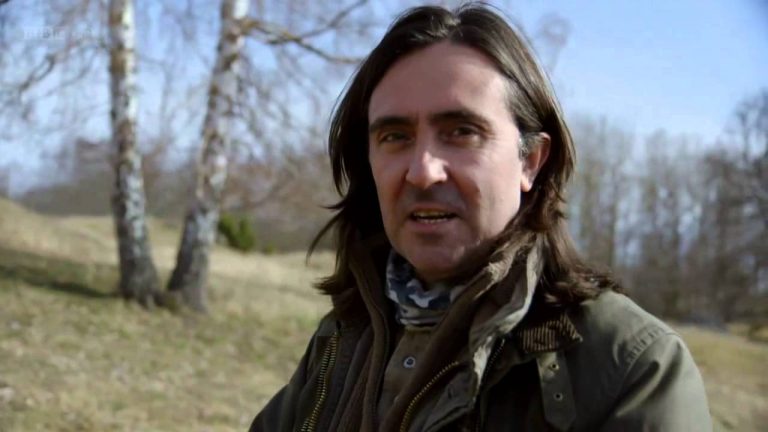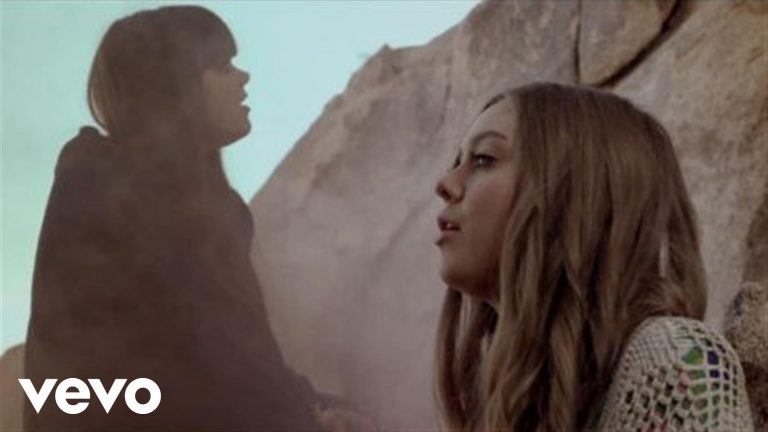One of the most important trading centers in Scandinavia during the Viking Age
In Lake Mälaren, 18 miles west of Stockholm, Sweden, lies the small island of Björkö. Its size belies its importance in the Viking world of 1,100 years ago.

On this island are the ruins of the town of Birka, which, together with the towns of Hedeby in Denmark and Kaupang in Norway, was one of the most important trading centers in Scandinavia during the Viking Age.
Founded around AD 790, Birka was part of a royal strategy to control trade in the Baltic through the establishment of trading centers. Traders came to Birka from all over Europe — England, Germany, Greece and the lands of the eastern Baltic — bringing their cloth, silks, glass and weapons to trade for furs, antlers and iron. There is even evidence that Arabs and Orientals came with their goods.
Crafts flourished: woodcarving, bronze casting, textile weaving, leather work and wrought ironwork, among others. As trade grew, so did Birka, expanding along the lakeshore with small wattle-and-daub houses and workshops arranged in rows separated from each other by fences.
The permanent population of Birka was never very large, probably no more than 700 to 1,000 at its height. Merchants who came from other lands increased that population temporarily, especially in wintertime, when trading was most brisk.
Birka, the Swedish Viking trading center, lasted only two centuries. Founded at the end of the eighth century, it was abandoned by the end of the 10th. It wasn’t war, plague or natural disaster that was the death knell for Birka but probably a combination of other circumstances.
Water levels in Lake Mälaren fell, making Birka’s harbors less usable or unusable; trade patterns changed, and — perhaps most importantly — the town of Sigtuna was founded on the Swedish mainland around AD 970. Birka’s population either moved to Sigtuna or was ordered to move.

Christianity was on the rise all over Scandinavia at this time. Sigtuna was a Christian town from its founding, eclipsing predominantly pagan Birka.
Burial mounds
What visitors to Birka first notice when they arrive are the gentle green hills dotting the island. These “hills” are actually burial mounds — thousands of them. In Viking times, on the island there were six cemeteries encircling the town of Birka. In the largest of the cemeteries, Hemlanden, there are over 1,600 burial mounds. It is estimated that there are at least another 1,400 burial mounds scattered around the island in the other cemeteries.
Both Christian and pagan burials have been found beneath the mounds. Christians generally were buried without grave goods, while pagan graves contained goods necessary for the afterlife, including weapons, tools and ornaments. What was buried indicated the social status and the wealth of the dead person.

Defensive ramparts
Near the first set of burial mounds are the ruins of Birka’s fort high on a cliff. There’s a semicircular earth-and-stone rampart with three openings facing toward the town that once existed there. A thousand years ago the cliff dropped steeply into the lake on its west side, making defense unnecessary there. Because the lake has receded, the cliff now drops onto dry land.
Northeast of the town was another long rampart with six openings that were probably where wooden defense towers once stood. Archaeologists discovered more than 50 graves that were incorporated into this rampart when it was built at the end of the ninth century. The builders of the rampart apparently found it easier to make the graves part of the wall rather than move them.
There is little visible evidence of the town of Birka, itself. It was located in the northwest corner of the island, covered an area of about 30 acres and had at least three harbors. It lay between the fort and the long protective town rampart to the east.
Museum and village
There are two excellent ways to visualize what Birka must have looked like 1,100 years ago. One is to visit the museum near the boat dock, where there’s a scale model of Viking Birka, complete down to the smallest details: there’s a man fishing on the ice, children romping, a vessel unloading cargo and a man pulling a sleigh loaded with antlers over the ice.
The other way is to visit the Viking Age houses that are being built, full size, a five-minute walk from the museum. It’s like stepping back into the year AD 900.
Birka is on UNESCO’s World Heritage List.
If you go…
My husband, Peter, and I journeyed to Birka from Stockholm by boat, sailings every day between May and early September, leaving at 9:30 a.m. and returning from Björkö Island at 2:45 p.m. Between the end of June and mid-August there is a second sailing at 1 p.m., returning from Björkö at 6:15 p.m.
The trip over takes about one hour and 45 minutes and departs from Stadhusbron, just steps from Stockholm’s beautiful City Hall. The price was 290 Swedish kroner (about $40) for the round-trip boat trip, guide and museum admission or SEK200 ($28) for the boat trip only. Visitors have 3½ hours on the island. Stromma offers a wide variety of other excursions.
In Stockholm, don’t miss a visit to the superlative Historiska Museum at Narvavägen 13. It houses an incredible gold and silver collection which includes Viking Age jewelry and ornaments. Archaeological finds from Birka are also displayed there as part of the world’s largest Viking exhibition.
We rented a spacious, gracious apartment, with a working old-fashioned tile stove, on Nybrogatan, about a 25-minute walk from Stockholm’s Gamla Stan (Old Town) or a 10-minute bus ride. The apartment had a large living room, dining room, modern kitchen, bedroom, two bathrooms and lots of natural light through large windows. Our cost for 10 days was $2,671 at the time we rented in June ’09.
We rented through Via Nicoline, a company run by Nicoline Kinch, the owner of the apartment we stayed in. Via Nicoline offers 50 rental apartments in Stockholm.
We flew by SAS from New York/Newark to Stockholm as we almost always do on trips to Scandinavia.
Written by guest contributor


























































